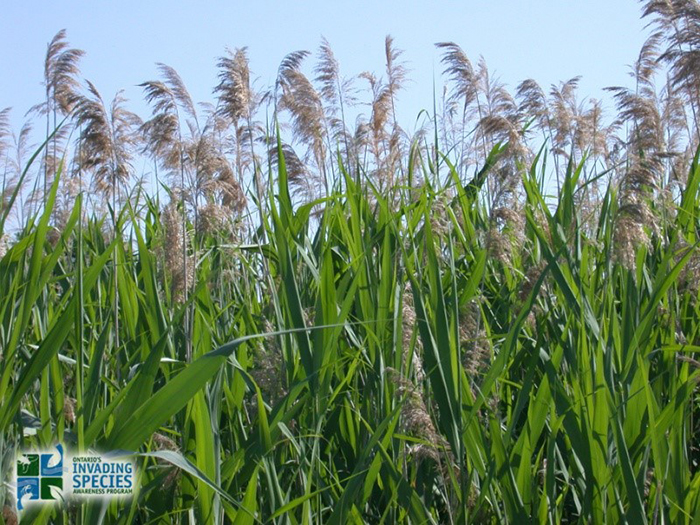
By Pam Wright
Local Journalism Initiative Reporter
Researchers are hoping two types of tiny caterpillars will become “bio-control” heroes in the fight against invasive phragmites.
To that end, 30 test sites have been selected in Ontario to release the eggs and larvae of two moths that feed exclusively on phragmites stems, and Chatham-Kent’s St. Luke’s Marsh is on the site list.
Matt Bolding, invasive species lead for Ducks Unlimited Canada, owners of the 466-acre coastal wetland adjacent to the St. Clair National Wildlife Area, said halting the pervasive spread of the killer plant is key.
“It really was a huge win to find them,” he said of the bio-control insects, adding the moths are “well suited” as they evolved with the plant in Eurasia.
According to Bolding, the relationship between the moths and phragmites has been studied for 20 years. The current project is a joint effort between DUC, the University of Toronto, and Agriculture and Agri-Food Canada.
Considered to be the worst invasive plant in Canada, phragmites australis thrives in Ontario as it has no natural predators. Spread by seed from its feathery seed heads and aggressive underground rhizomes, the reed-like intruder forms tall, dense thickets, suppressing native plant and animal life.
Phragmites are also allelopathic, meaning they release toxins from their roots that impede the growth of other plants, outcompeting them for nutrients, water and sunlight.
“It pushes out every other species,” Bolding explained. “There’s no middle ground.”
It’s not clear how the species was introduced in North America but the spread is evident throughout the Great Lakes region. Towering stalks line area watercourses, even in places where there is no standing water.
“Phragmites don’t need a lot of water,” he added. “They just need it to be wet.”
Invasive phragmites, not to be confused with a species of native phragmites, are well established in Ontario and Quebec, Bolding said. Some have surfaced in Atlantic Canada, he added, but they have yet to be detected west of Manitoba.
Invasive phragmites are more than just a threat to flora and fauna, he noted, as infestations can lower property values by blocking drains and line of sight at roadways.
“Phragmites are like a lot of invasive species,” Bolding said. “A bit of time goes by before you realize how bad it actually is. They’re kind of pretty and people even transplant them in their gardens. People often don’t pay attention and realize the threat if they don’t visit wetlands.”
Bolding said an egg and larvae release was made at St. Luke’s Marsh last fall and so far, results are encouraging.
“We are seeing the insects survive over the winter,” he added, noting resident populations have been established at all of the release sites. Researchers may add 20 new release sites this year.







Do the moths eat anything other than phragmites?
It’s in the second paragraph of the story.